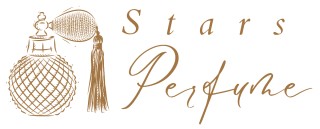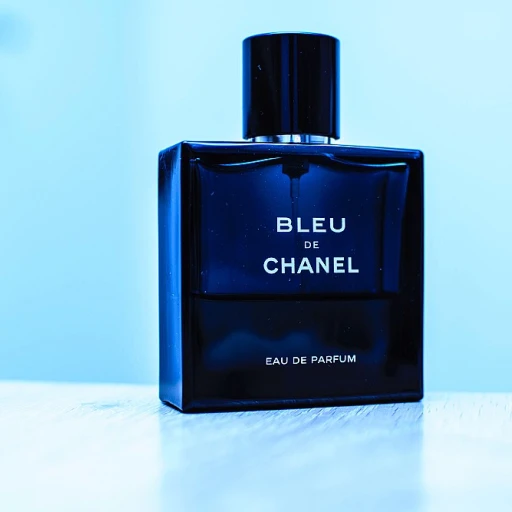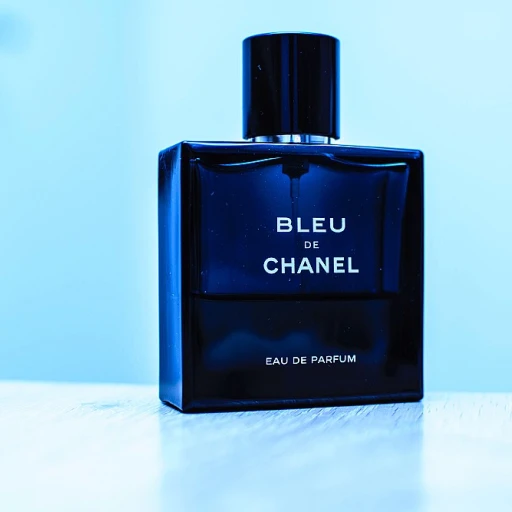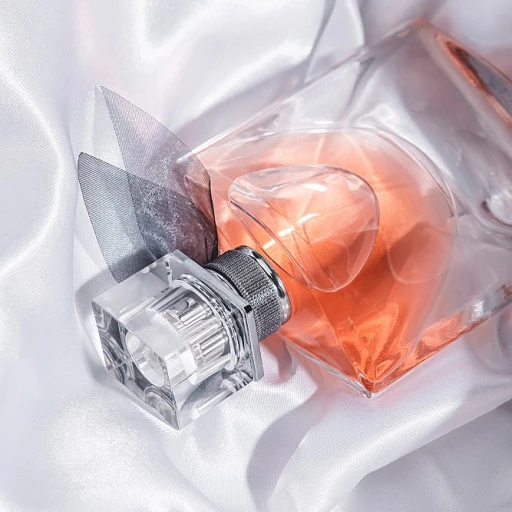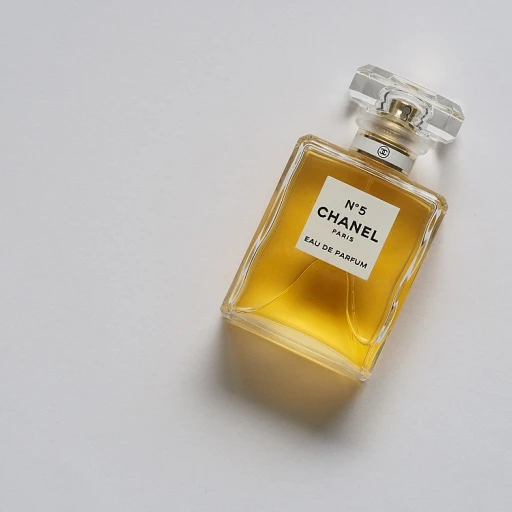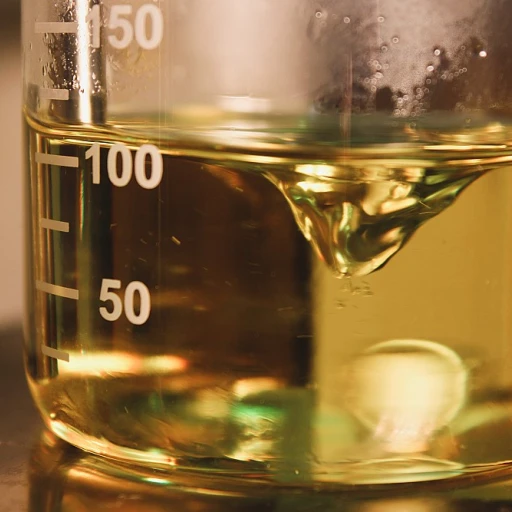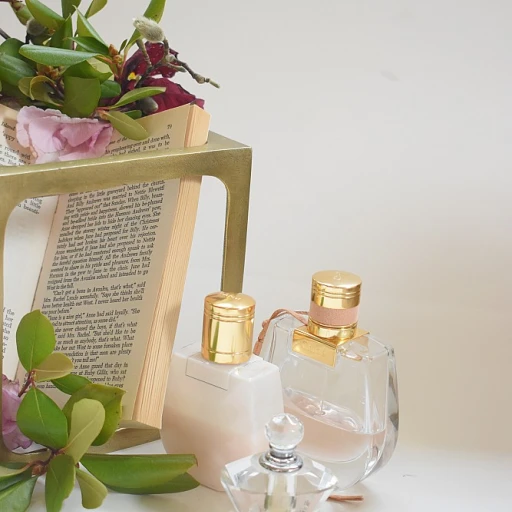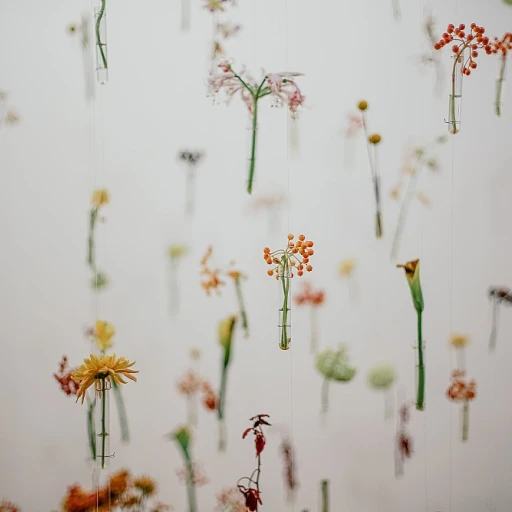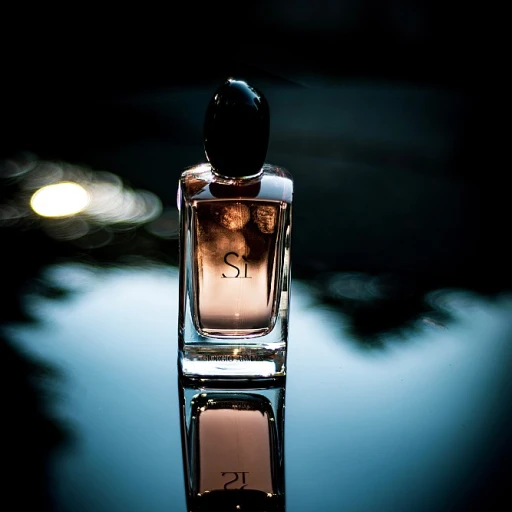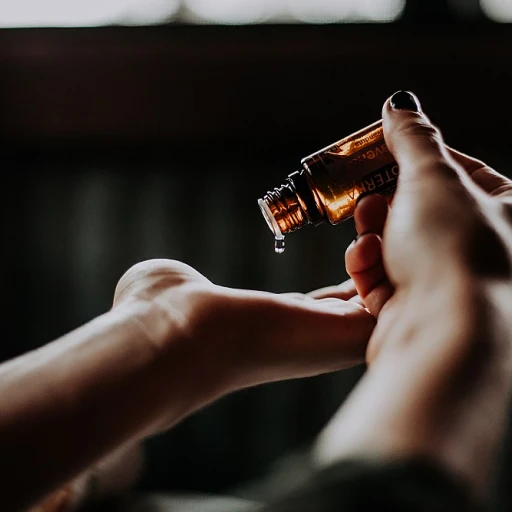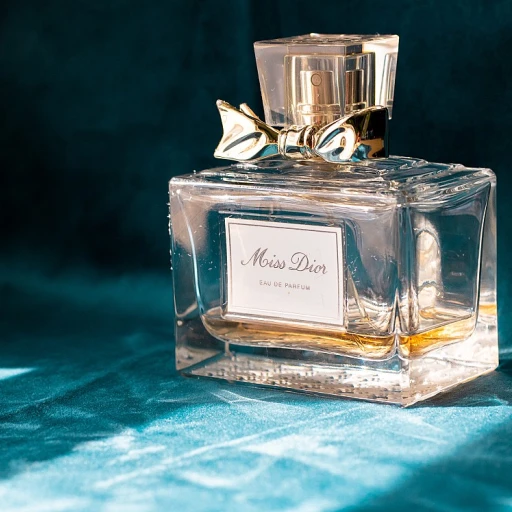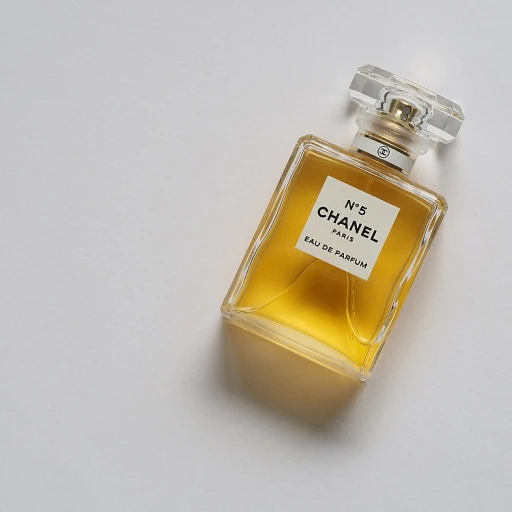
The Origins of Oud Oil
The Ancient Roots of a Luxurious Fragrance
Oud oil, often referred to as "liquid gold," has a deep-rooted history that traces back thousands of years. This precious oil, derived from the heartwood of the agarwood tree, is not just any ordinary fragrance product; it embodies a rich tapestry of cultural and historical significance. This intricately complex scent has become a sought-after element in the world of modern perfumery, packing its unique character into each delicate drop. The allure of oud oil stands out partly due to its origins. Agarwood, from which this essential oil is extracted, is primarily found in Southeast Asia, with Cambodia being one of the prominent regions known for producing this valuable commodity. The trees produce a dark, aromatic resin which is the key component of oud. This resin forms when the wood becomes infected with a specific type of mold, turning the otherwise scentless wood into the fragrant, dark, resinous material known as oud wood. The rarity and intricate production process contribute significantly to the regular price of oud oils, making them one of the most expensive fragrance oils in the world. The best quality pure oud can command a price in USD that might surprise even perfume aficionados. However, despite the steep price, the demand for this exotic oil endures, thanks to its rich, captivating scent that blends seamlessly into various fragrance profiles, from deep amber oud to refreshing oil blends. For those interested in the journey of scent, exploring the world of oud oil opens up a realm of olfactory experiences unlike any other. With reviews often highlighting its long-lasting nature and deep skin-hugging warmth, oud continues to be a cornerstone of high-end perfumery, celebrated for its unparalleled depth and complexity. The significance of oud extends beyond just its captivating aroma; it plays an important role in various cultural practices, enhancing its appeal in the global fragrance market. As such, oud oil remains a perennial favorite, capturing the senses of perfume enthusiasts worldwide. For more on sourcing ingredients in perfumery, explore understanding unique scent elements for insight on another intriguing fragrance inspiration.Cultural Significance of Oud
The Timeless Elegance and Cultural Tapestry of Oud
The mesmerizing allure of oud oil is not only skin-deep; it is deeply rooted in the intricate tapestry of cultural significance that spans across centuries and continents. This age-old treasure, derived from the resinous heartwood of the Aquilaria tree, also known as agarwood, has long been revered in various cultural rituals and spiritual ceremonies. Throughout the Middle East, oud oil has solidified its place as a symbol of luxury and opulence. This potent fragrance oil, often referred to as "liquid gold," is used not just for personal perfuming but also for enhancing the ambience in homes and mosques. The enduring love affair with oud crosses borders, captivating audiences with its unique blend of smoke-laden, woody aroma coupled with hints of sweetness and spice. For many, it embodies a fragrant journey, intertwining memories with its quintessentially warm and inviting scent. In Southeast Asia, where the trees naturally grow, the cultural cannons speak of rituals and ceremonies honoring the divine properties of oud. It is not uncommon to find agarwood being burned as incense, its smoke believed to offer spiritual clarity and a pathway to higher enlightenment. Interestingly, the price of pure oud oils in these regions can command high values, a testimony to their esteemed status. Not to be overlooked, the interest in oud has also burgeoned in Western perfumery, where its historical and cultural affiliations add richness to modern fragrance compositions. Fragrance enthusiasts seeking exotic olfactory experiences often reach for amber oud blends or pure oud products that pack a powerful aromatic punch. Such blends resonate with those who appreciate fragrances with a story, ones that embody both tradition and contemporary allure. Curious about other unusual yet enchanting scents that hold cultural significance? Discover the scent of tomato leaf, celebrated for its fresh, grassy aroma, and its role in perfumery by visiting the allure of tomato leaf scent in perfumery. This exploration broadens the horizon of what constitutes a captivating scent, blending past significance with present curiosity.The Complex Extraction Process
The Intricate Process of Extracting Oud Oil
The extraction of oud oil is a meticulous journey that begins in the heart of agarwood trees. Not every part of the agarwood tree can produce this exquisite product; it specifically requires the infected part of the wood, where the precious oil resides. The rarity of qualifying agarwood and the intensity of the extraction process significantly contribute to the high price of oud oil, making it a valuable commodity in the world market. When agarwood becomes infected with a certain type of mold, it produces a dark, aromatic resin, resulting in the formation of oud. This transformation is not something that happens overnight; it often takes decades for the perfect blend of environmental and biological factors to achieve the highest quality resin. Once the wood reaches optimal streaks of infection, it is harvested, and the magic of extraction begins. The traditional method involves slicing the wood into small pieces and soaking them in water to promote mold growth further. This process is crucial for enhancing the fragrance profile, which includes its rich, balsamic notes that oud enthusiasts adore. Through steam distillation, these pieces are heated, and the essential oils are carefully collected. Successful extraction does not only yield oud oil; the quality of the essential oil extracted can alter its price significantly on the market. Pure oud oil, high in its agarwood oil content, typically commands a premium price point in USD, making it a luxury fragrance staple. Moreover, not all extracted oils are created equal. With variations like Cambodian oud oil famous for its depth and complexity, or long-lasting aspects found in certain oil blends, the choices are myriad. The meticulous nature of extraction leads to variations in fragrance oil that influence the wearer’s skin chemistry differently, thus affecting personal perfume preference. Ultimately, the intricate art of extracting oud oil speaks to its cultural and historical significance, adding layers of allure to this timeless scent. Embrace the journey of discovery with the assurance that each bottle of oud is a testament to centuries-old craftsmanship and dedication, perfect for those wanting to apply oud for a truly immersive sensory experience. To enhance your understanding of fragrance and its sustainable alternatives, consider exploring the safer choice for fragrance lovers.Oud Oil in Modern Perfumery
Oud Oil in the World of Modern Scent Creation
As the world of perfumery continuously evolves, oud oil remains a quintessential ingredient that holds a unique space amidst an array of aromatic oils and blends. Its inclusion in modern fragrances often signifies luxury and opulence, attracting connoisseurs who appreciate deep and complex scent profiles. Unlike regular oils, which may fade quickly, oud oil provides a rich, long-lasting aroma that lingers on the skin, captivating those who encounter it.
The process of incorporating oud into contemporary perfumes is both an art and a science. Fragrance creators meticulously source the best agarwood to produce oil that meets the high expectations of an upscale market. The price of oud is influenced by its rarity and the extensive expertise required during production. Pure oud, derived from high-quality agarwood oil, commands a premium price, often featured prominently in luxury brands.
In recent years, perfumers have explored inventive combinations by blending oud with other essential oils and elements such as amber to create multifaceted products. These oil blends add breadth to the scent, appealing to a modern audience who seek unique and sophisticated fragrances. From the exotic allure of Cambodi oud to the warm embrace of amber oud, the possibilities are endless.
Despite its high price, the demand for oud-infused perfume oil has shown resilience. Consumers are willing to pay the regular price for exclusive fragrances that promise more than just a scent, but an experience. The allure of oud lies in its ability to transform and elevate a regular fragrance into a masterpiece.
The Scent Profile of Oud
The Enchanting Aromas and Profiles of Oud
Oud oil, derived from the heartwood of agarwood trees, is distinguished by its lush and intricate scent profile, making it a star in the world of perfumery. This essential oil offers a blend of distinct aromatic characteristics that elevate any fragrance composition. Often referred to as the 'gold of the fragrance world,' oud oil exudes a rich, woody aroma that is both captivating and profound. It seamlessly blends notes of warmth, depth, and mystery. This complexity arises from its natural development within the wood, resulting in a scent that's hard to replicate. Key Characteristics:- Smoky Undertones: The oil packs a smoky nuance that adds an exotic, almost mystical appeal to perfumes.
- Richness and Warmth: Oud oil's intrinsic richness infuses warmth, adding a comforting, luxurious layer to fragrances.
- Earthy and Woody: The earthiness of agarwood provides an enduring foundation, reminiscent of nature's raw beauty.
- Animalic Notes: These notes add an alluring depth, making the scent profile alluring and complex.
- Amber Tones: When paired with amber and other oils, it creates an opulent and long-lasting scent.
